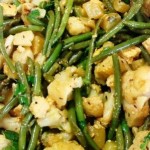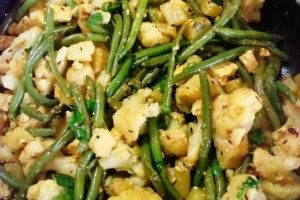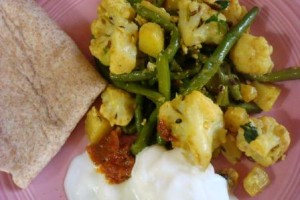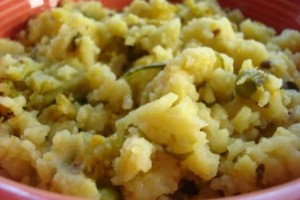 I love reading books by South Asian authors so I asked my local librarian to find me more. She was not able to, as it’s a complicated search. However, when I walked over to the fiction area, “The Way Things Look to Me” by Roopa Farooki was the first book I noticed. How ironic! That is the way I’ve come across many of the books I’ve read.
I love reading books by South Asian authors so I asked my local librarian to find me more. She was not able to, as it’s a complicated search. However, when I walked over to the fiction area, “The Way Things Look to Me” by Roopa Farooki was the first book I noticed. How ironic! That is the way I’ve come across many of the books I’ve read.
Roopa’s story recounts the lives of 3 South Asian siblings who are now adults living in England. There are 2 sisters and a brother that looks after the youngest, who grapples with Autism. It was peculiar timing for me to read this story recently, as I was in the process of having my daughter evaluated for Autism. I was given the diagnosis while still reading it. I tried to compare the descriptions of what was described of the disorder with my own experience, although the comparison was between an adult fictional character and my toddler.
At first, I wasn’t sure about the flow of the book, since the voice is changed from one character to another, as we follow the character’s intertwined lives. The characters distinguished well from one another, though there could have been more description to visualize them better. I’m not certain why some information was provided later rather than earlier, such as an explanation of what had become of their parents.
Some memorable lines from the story:
“He wishes that Mum and Dad and everybody who ever meant anything to them could all be there, sitting at the table with them, having tea, holding their hands, inhabiting a world filled with those who have chosen life, with all its unfairness and lunatic irrationality, with all its endless potential for happiness and hope.”
“I have learned that you have to be courageous to live, because living can be something that is very complicated, especially if you are alone…..And I can be courageous too; I can choose life.”



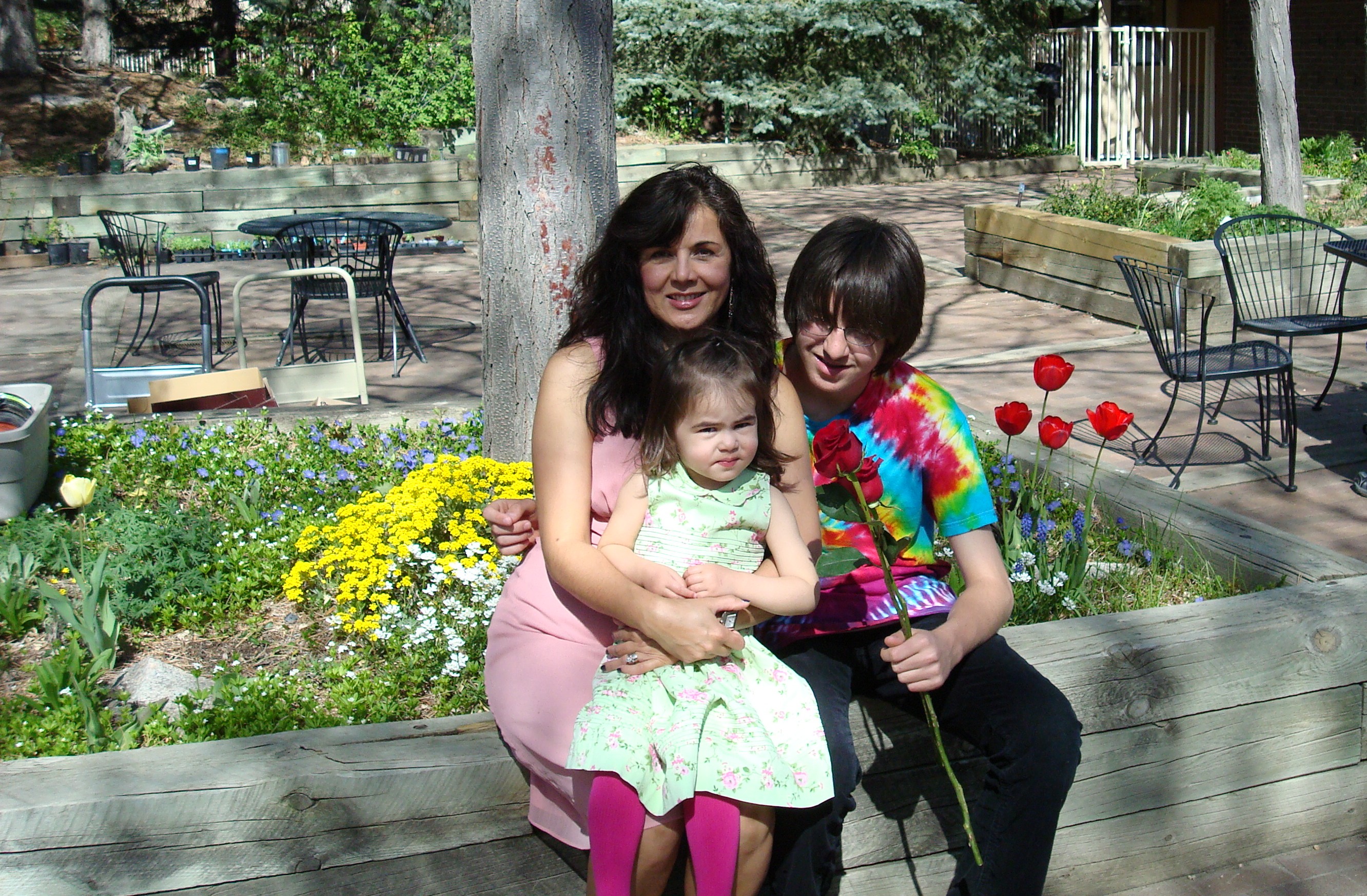
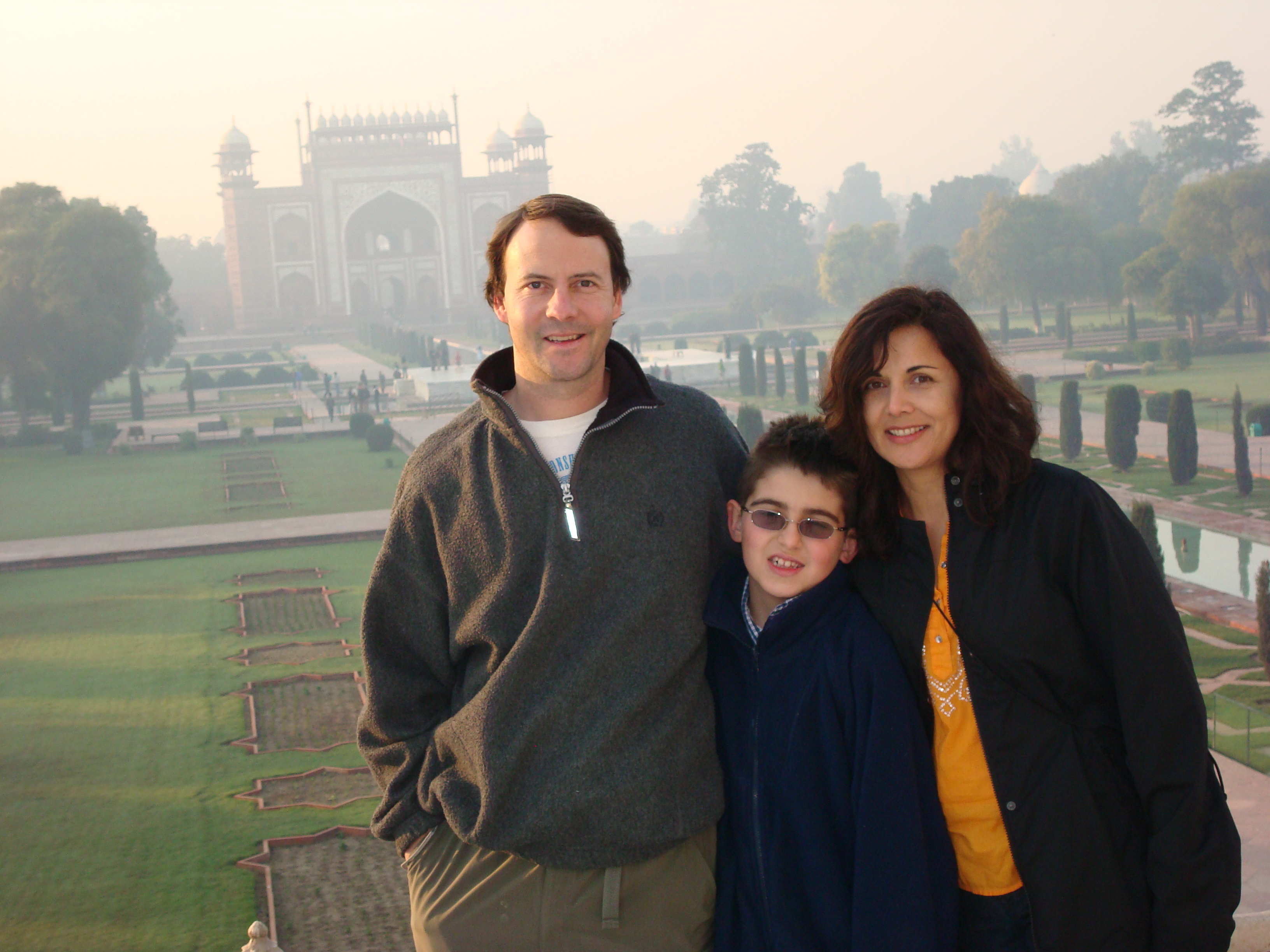

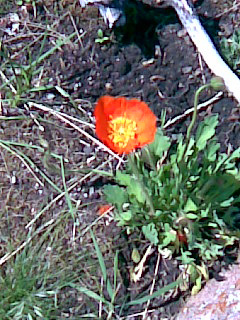
 I spent several hours last night reading my current novel, “Secret Daughter” by
I spent several hours last night reading my current novel, “Secret Daughter” by 
